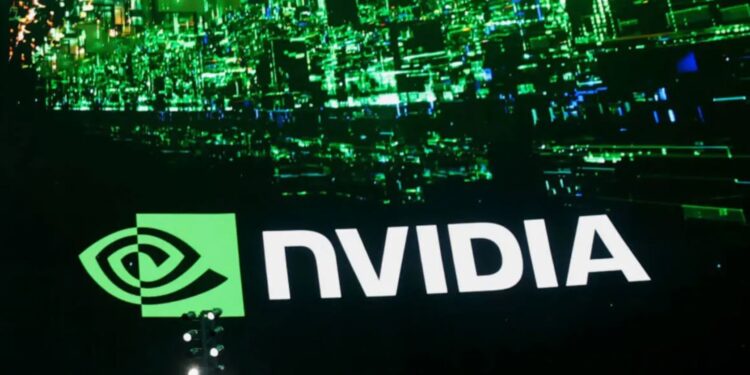Global market leader in AI chip, Nvidia is likely to release a new and less expensive AI chip designed specifically for the Chinese market in as soon as June. The move is a strategic one, in response to the toughening export rules being implemented by the US to rein in China’s technological advancement in AI.
People familiar with the matter say the new GPU will be based on Nvidia’s new Blackwell architecture. But it will have specifications trimmed back in order to meet tough US regulations and hit a lower price point compared to Nvidia’s previously limited high-end H20 model.
The new chip is expected to be priced between $6,500 and $8,000, much cheaper than the H20’s $10,000 to $12,000.
The savings are expected to be realized in a variety of design differentiators. The new chip is expected to use standardised GDDR7 memory, not the high-bandwidth memory the chip-maker shoehorns into its highest-end Nvidia cards.
Also, it won’t be utilizing Taiwan Semiconductor Manufacturing Co.’s (TSMC) advanced CoWoS packaging. The chip is said to be built around Nvidia’s RTX Pro 6000D, a server-class graphics processor.
This is the third time that Nvidia’s tried to design a GPU specifically for the Chinese market to skirt around ever-changing US export controls. China is still an important market for Nvidia, representing about 13% of its overall sales in the last fiscal year.
But the company’s market share in China has dropped from a commanding 95% before 2022 to about 50% today, having come under increasing competition from domestic players, such as Huawei.
Nvidia CEO Jensen Huang has previously admitted the difficulty of navigating the export restrictions, warning that they will only force Chinese customers toward their local counterparts.
The prohibition of the H20 chip had already compelled Nvidia into making a $5.5 billion write-off of inventory and forfeiting an estimated $15 billion in prospective sales.
The most recent US export restrictions have been centered around denying access to GPU memory bandwidth, a key ingredient in the recipe for high performing AI workloads.
Analysts have guessed the current cap to be about 1.7 to 1.8 terabytes a second. The upcoming budget Blackwell chip is expected to still fit within these confines, it reports, with GDDR7 memory offering this bandwidth.
The diminished specs indicate that the chips will perform worse than the unfettered Blackwell variant, but this is a smart release as it shows Nvidia is still very interested in participating in the massive Chinese AI market, in spite of geopolitical barriers.
Industry watchers believe that Nvidia is also working on a second Blackwell-based GPU with different specs and it’s being developed for the Chinese market, where mass production is expected to start as soon as September.
The recent developments illustrate the hotly-disputed balance of fostering technological innovation and wholesomeness and open market accessibility against a backdrop of international trade rules in the ever-changing world of AI.
















